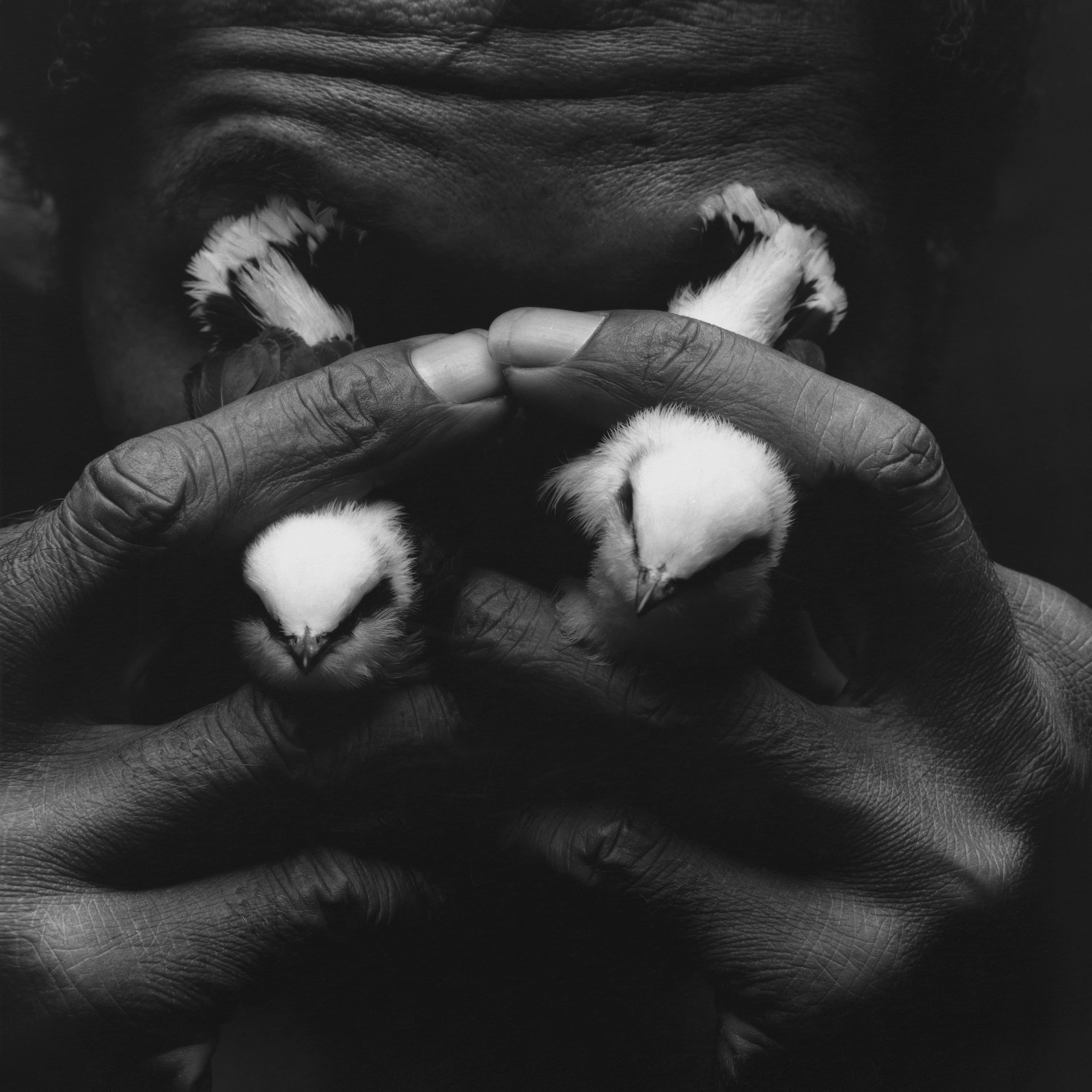Ferdinand De Saussure et al., Course in General Linguistics (Open Court, 2008), 70.
Alexandre Kojève and Raymond Queneau, Introduction to the Reading of Hegel (Cornell University Press, 1980), 158. All emphasis in original.
Kojève and Queneau, Introduction to the Reading of Hegel, 160.
Roland Barthes, Mythologies, trans. Annette Lavers (Hill and Wang, 2022), 142.
Barthes, Mythologies, 115.
Barthes, Mythologies, 112.
Barthes, Mythologies, 121. All emphasis in original.
Barthes, Mythologies, 122.
Louis Auguste Blanqui quoted in Walter Benjamin, The Arcades Project, trans. Howard Eiland (Belknap Press, 2003). 114.
Blanqui quoted in Benjamin, Arcades Project, 114.
Lygia Clark: The Abandonment of Art, 1948–1988, ed. Cornelia H. Butler and Pérez Luis Oramas, (Museum of Modern Art, 2014), 160. Exhibition catalog.
Lygia Clark, 160.
Michel Foucault, “Of Other Spaces,” trans. Jay Miskowiec, Diacritics 16, no. 1 (1986): 22.
Walter Benjamin, One-Way Street and Other Writings (Penguin, 2009), 103.
René Descartes, The Philosophical Writings of Descartes (Cambridge University Press, 2006), 152.
Descartes, Philosophical Writings, 153.
